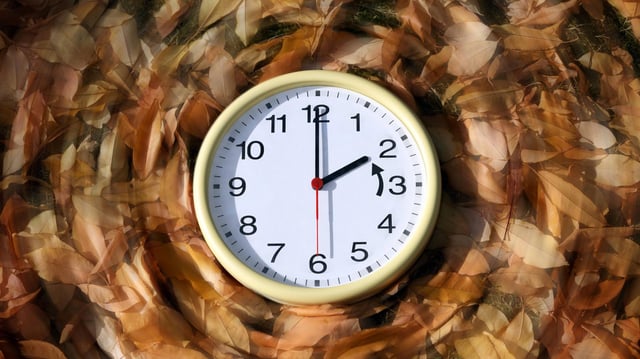Overview
- Clocks switch from 3:00 to 2:00 in the night of October 25–26, marking the start of standard (winter) time.
- Smartphones and radio‑controlled clocks update automatically via PTB atomic time signals, while many analog and vehicle clocks require manual adjustment.
- Deutsche Bahn treats the autumn change as routine, with night trains waiting during the extra hour to keep timetables aligned.
- Reported health effects include fatigue, sleep disruption and higher cardiovascular risk, though the autumn switch is typically easier than spring; experts advise gradual schedule shifts and daylight exposure.
- Sleep researchers favor permanent standard time, the European Parliament backed ending seasonal changes in 2019, but governments have not agreed on a permanent regime; studies find energy savings negligible and Ukraine has already scrapped the practice.



